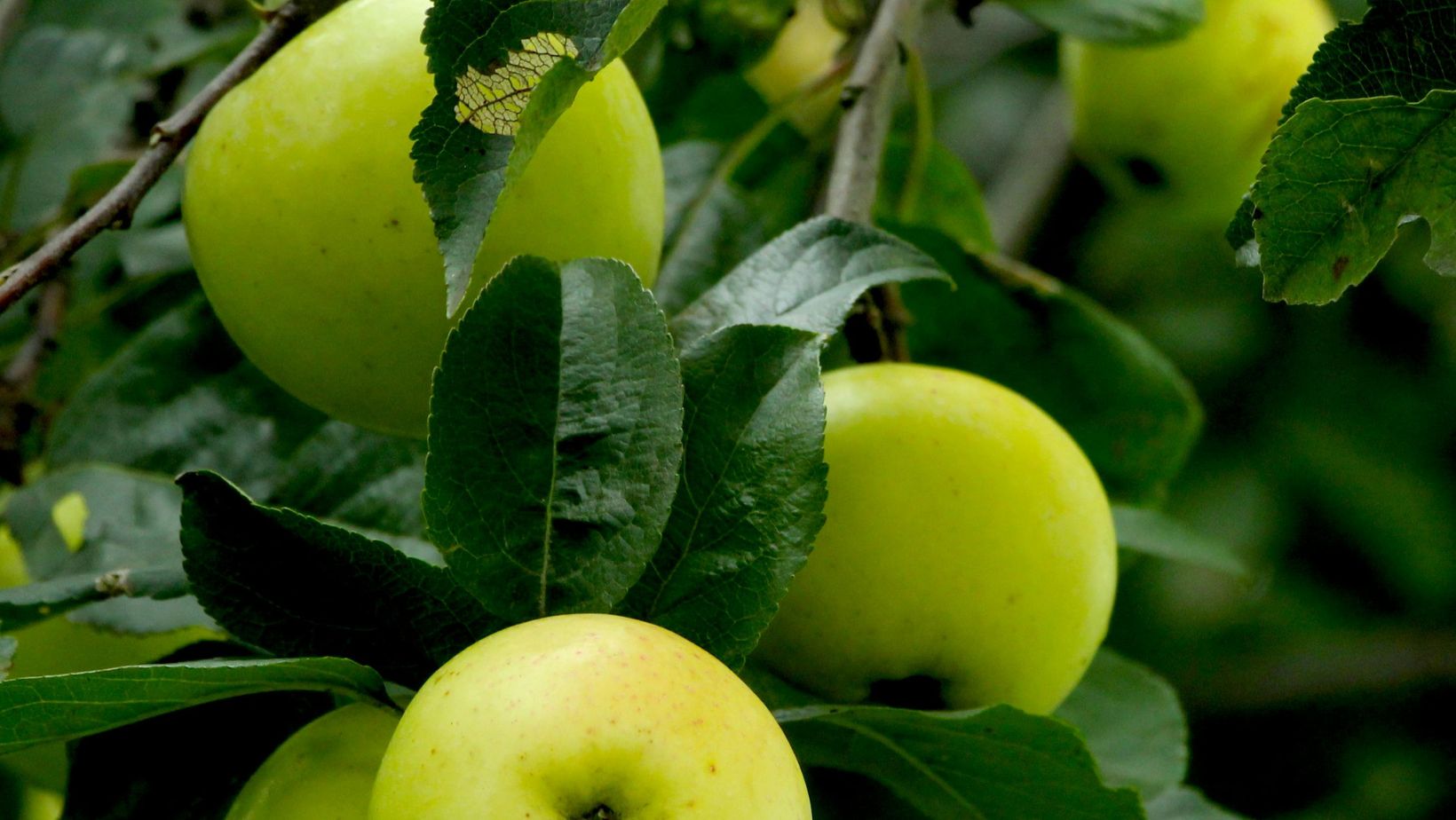Excess humidity in your grow tent can lead to various problems, including mold, mildew, and stunted plant growth, which can significantly impact the health of your indoor garden. Discovering the benefit of managing humidity is essential for maintaining an optimal environment for your plants. This comprehensive guide explores effective strategies for lowering humidity levels in your grow tent, ensuring your plants thrive and flourish in ideal conditions.
Table of Contents
ToggleUnderstanding Humidity Levels
Ideal Humidity Ranges
Different stages of plant growth require specific humidity levels for optimal health:
- Seedlings and Clones: 65% to 80% RH (Relative Humidity)
- Vegetative Stage: 40% to 70% RH
- Flowering Stage: 40% to 50% RH
Understanding these ranges helps you create an environment that supports healthy growth. Consistently monitoring and adjusting humidity levels in your grow tent according to these stages can prevent issues related to excess moisture.
Factors Affecting Humidity
Several factors influence humidity levels in your grow tent:
- Temperature: Warmer air can hold more moisture, which can lead to higher humidity levels. Conversely, cooler air holds less moisture.
- Ventilation: Proper airflow is critical for regulating humidity. Good ventilation helps expel humid air and bring in fresh air, reducing overall moisture levels.
Improve Ventilation
Enhancing ventilation is one of the most effective ways to reduce humidity. Start by installing exhaust fans near the top of the tent to expel humid air. This creates a negative pressure environment that pulls fresh air in through intake vents. Pair this with oscillating fans inside the tent to promote air circulation, preventing stagnant air pockets that can trap moisture.
Adjust Watering Practices
Overwatering is a common cause of high humidity levels. Implement a watering schedule that allows the soil to dry out between waterings.

A “wet-dry” cycle mimics natural conditions and minimizes excess moisture in the air. Using a moisture meter can help you determine when your plants truly need water, preventing overwatering and maintaining balanced humidity levels.
Utilize Natural Dehumidifiers
Incorporating natural desiccants can effectively lower humidity. Silica gel and activated charcoal are excellent options for absorbing moisture from the air. Place these materials strategically around your grow tent for maximum effectiveness. Additionally, consider including plants that naturally absorb excess moisture; they can help regulate humidity while adding diversity to your garden.
Control Temperature
Managing temperature is crucial for controlling humidity. In hot climates, using an air conditioner can lower both temperature and humidity simultaneously. Look for units with built-in dehumidifying features for added efficiency. During colder months, ensure your heating system doesn’t contribute to excessive humidity by maintaining a balanced temperature.
Remove Stagnant Water
Stagnant water can significantly increase humidity levels in your grow tent. Regularly check for and remove any standing water from plant saucers or trays. This simple step can greatly impact overall humidity levels. Additionally, make sure all drainage holes are clear and functioning properly to prevent water accumulation.
Defoliate Plants
Carefully defoliating plants can improve airflow and reduce moisture release into the air. By removing excess leaves, you allow better circulation around the plants, which helps reduce humidity buildup.

However, be cautious; over-defoliation can stress your plants. Aim for a balanced approach that enhances airflow without compromising plant health.
Monitoring Humidity Levels
Investing in a reliable hygrometer is essential for accurately monitoring humidity levels within your grow tent. Regularly check readings and make adjustments based on what you observe. Daily monitoring is particularly important during critical growth stages. If you notice humidity levels rising above ideal ranges, implement one or more of the strategies discussed until conditions stabilize.
Conclusion
Lowering humidity in your grow tent is vital for creating an optimal environment for plant growth. By improving ventilation, adjusting watering practices, utilizing natural dehumidifiers, controlling temperature, removing stagnant water, and monitoring conditions regularly, you can maintain a healthy indoor garden free from mold and pests.
Implement these strategies today to ensure your plants thrive in a balanced environment!





